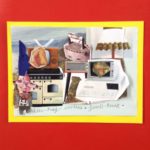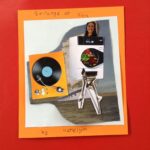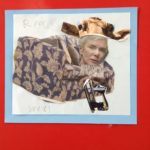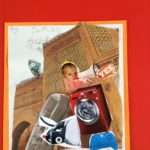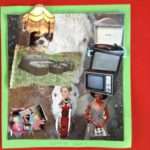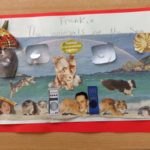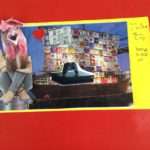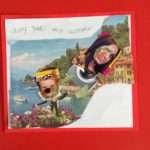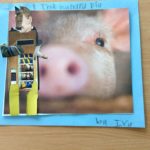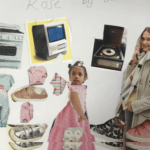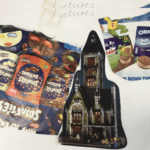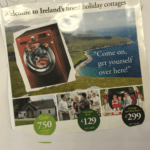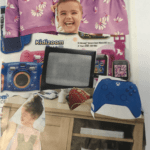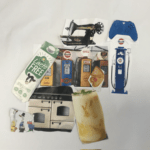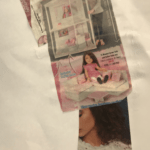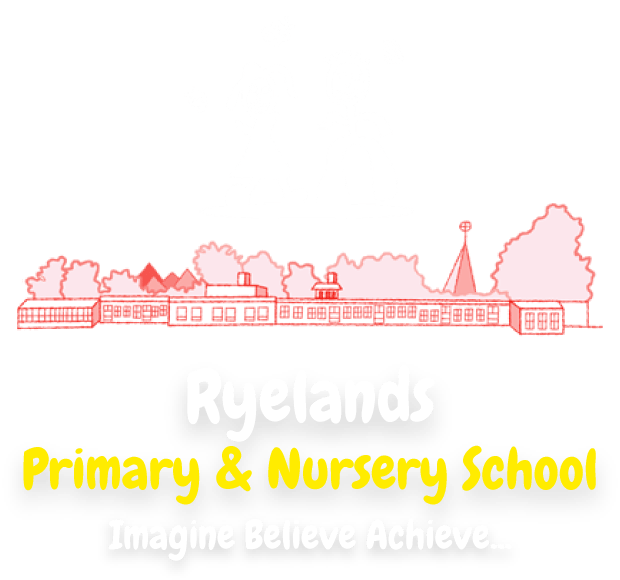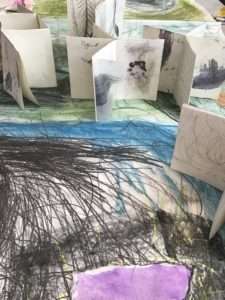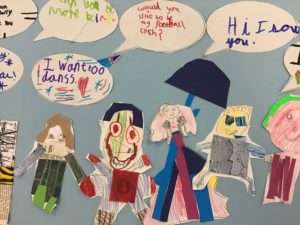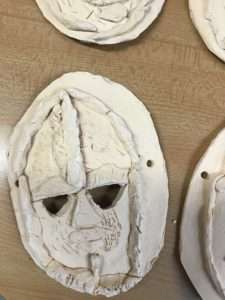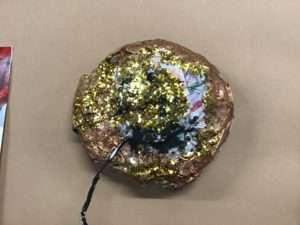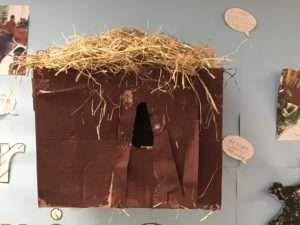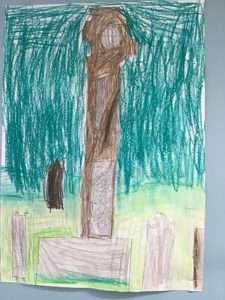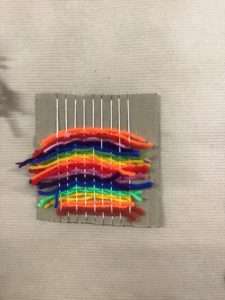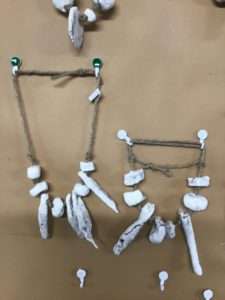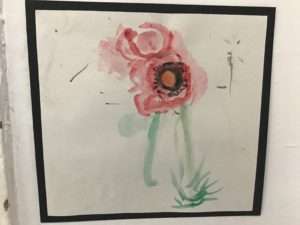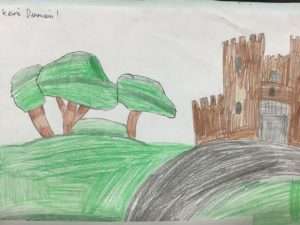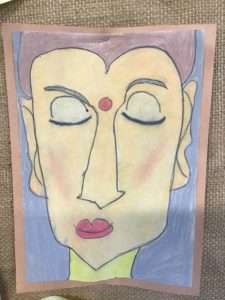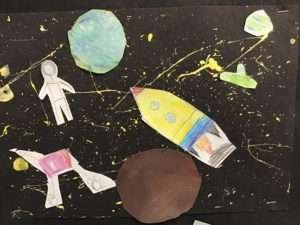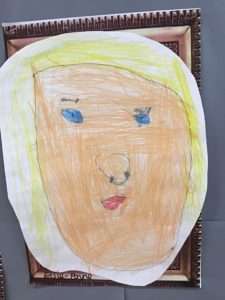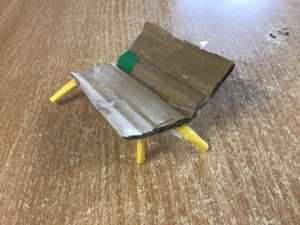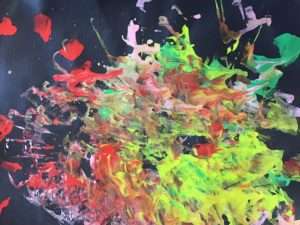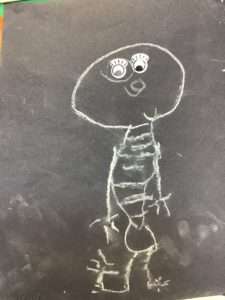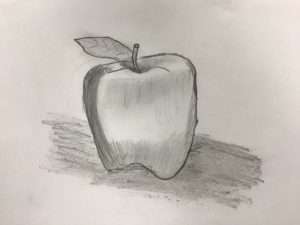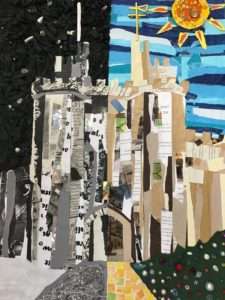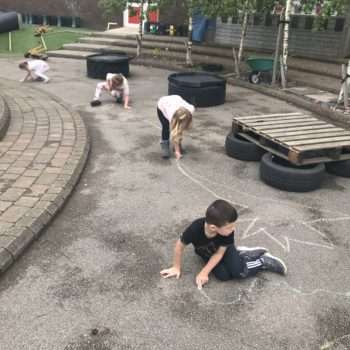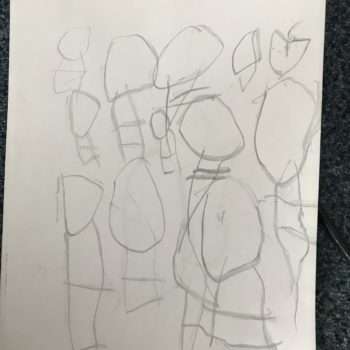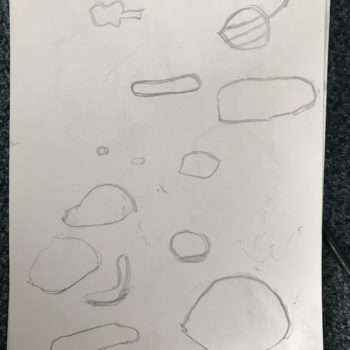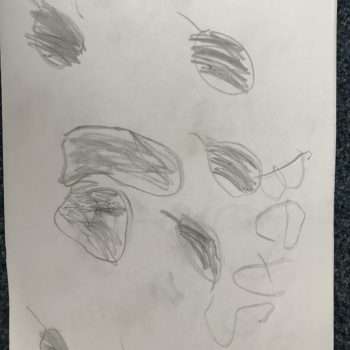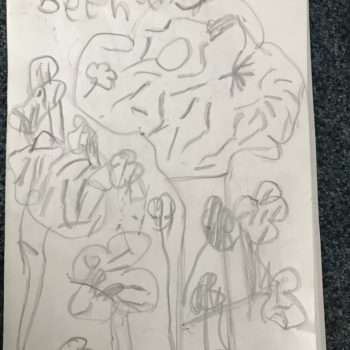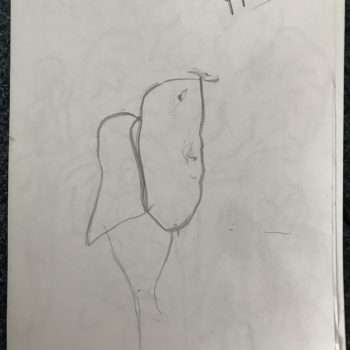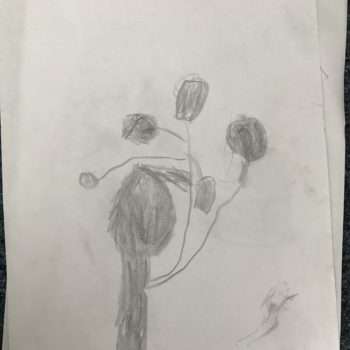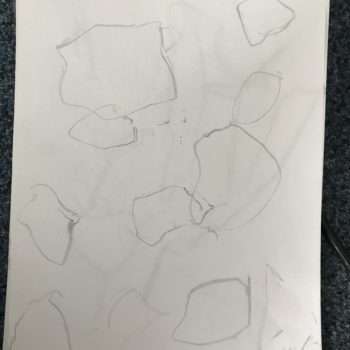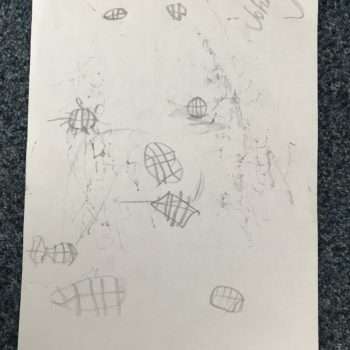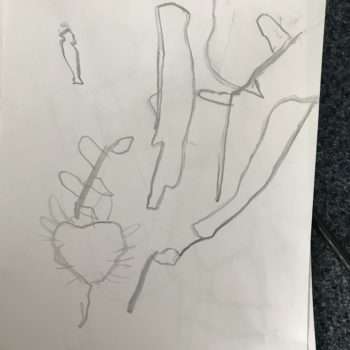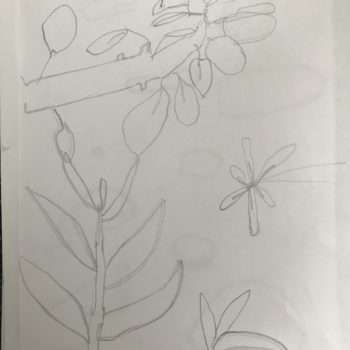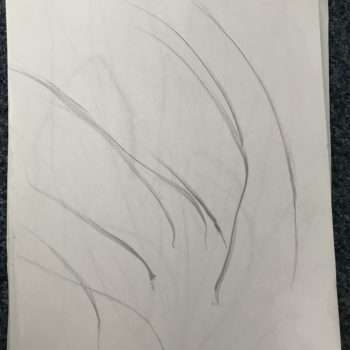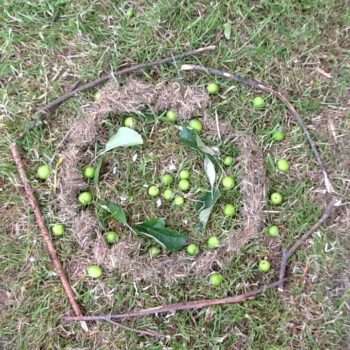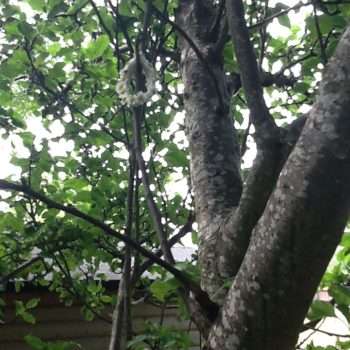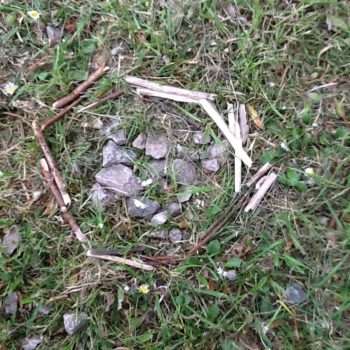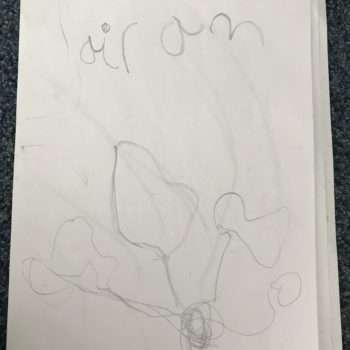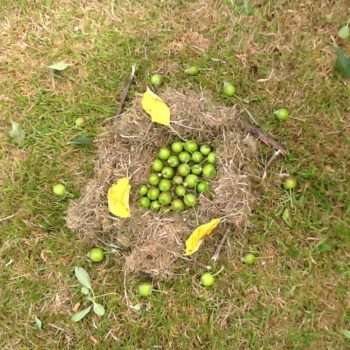This website uses cookies so that we can provide you with the best user experience possible. Cookie information is stored in your browser and performs functions such as recognising you when you return to our website and helping our team to understand which sections of the website you find most interesting and useful.
Ryelands Summer Exhibition.
During the summer weeks of Lockdown in 2020, the children at school learnt about different artists and techniques and explored their ideas through art.
Each week we posted their art work on this virtual art gallery so everyone at home could see what they had been making.
Week 1.
The children learnt about the Land Artist Richard Long, who makes sculptures from natural materials. He is also well-known for making walks into art. Class One made these amazing sculptures and Class Three made drawings of the shapes they saw under the trees. They also took a line for a walk around the yard, making their walk into art.
Week 2.
The children were looking at texture this week. They began by learning about the work of German painter and sculptor Anslem Kiefer.
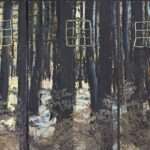
The children began by looking at textures around school and making rubbings, which they used in a collage.
They learnt how to draw texture by taking a line for a walk and used different shapes to draw texture.
They made large textural paintings together with paint and found objects.
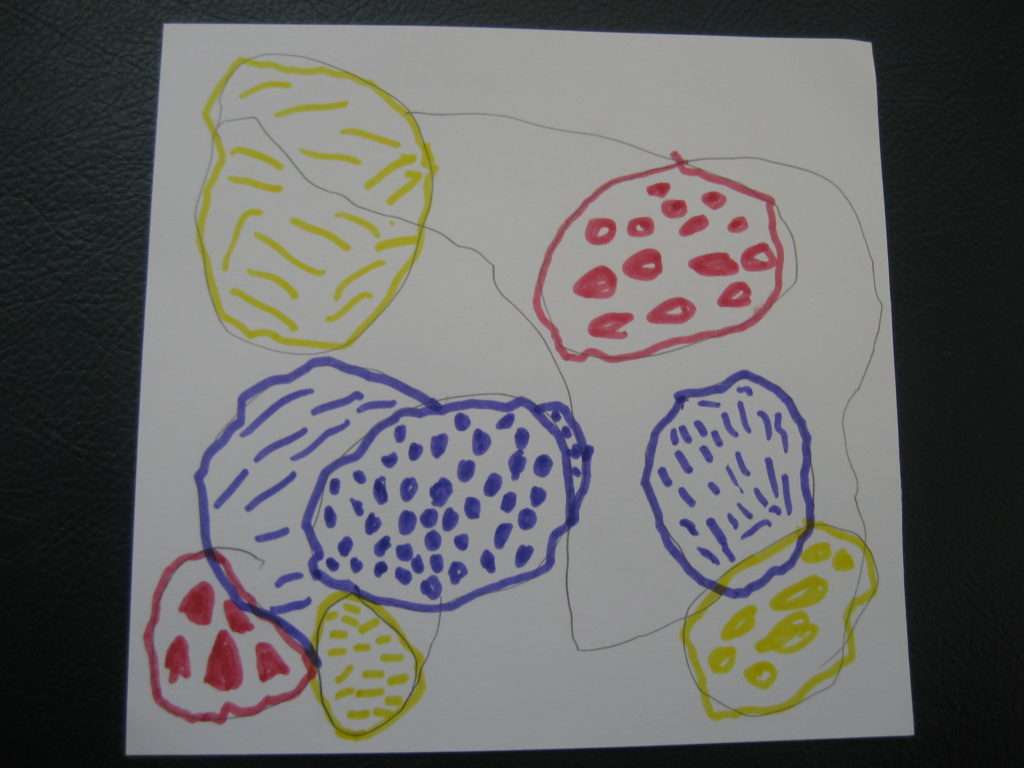
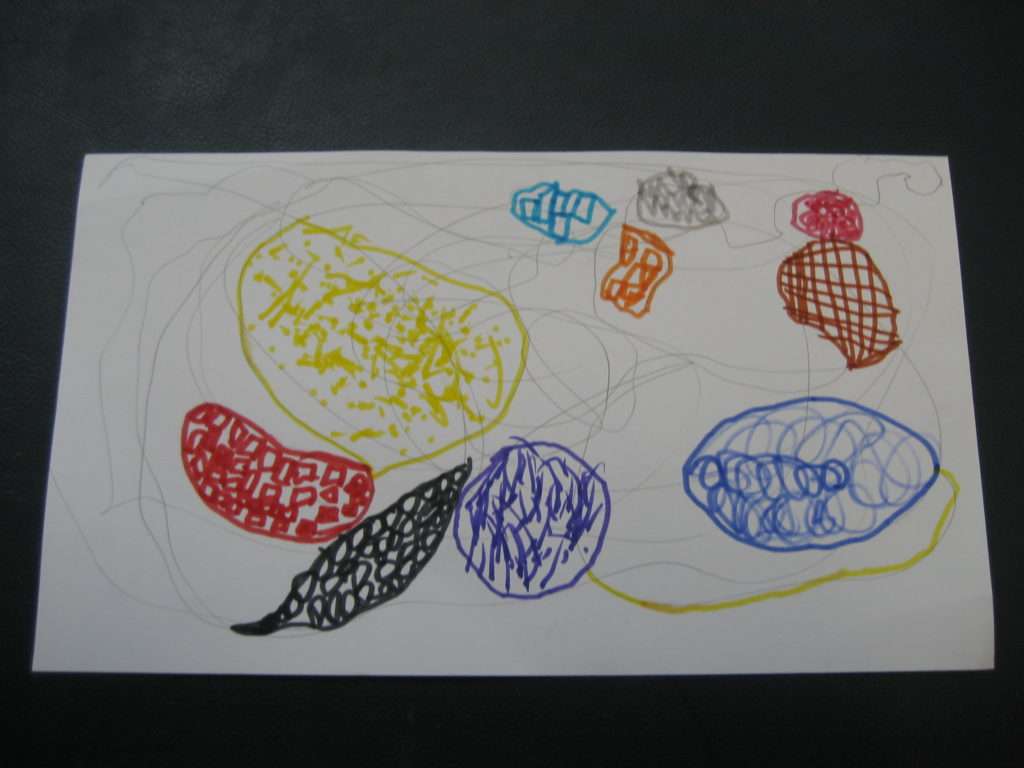
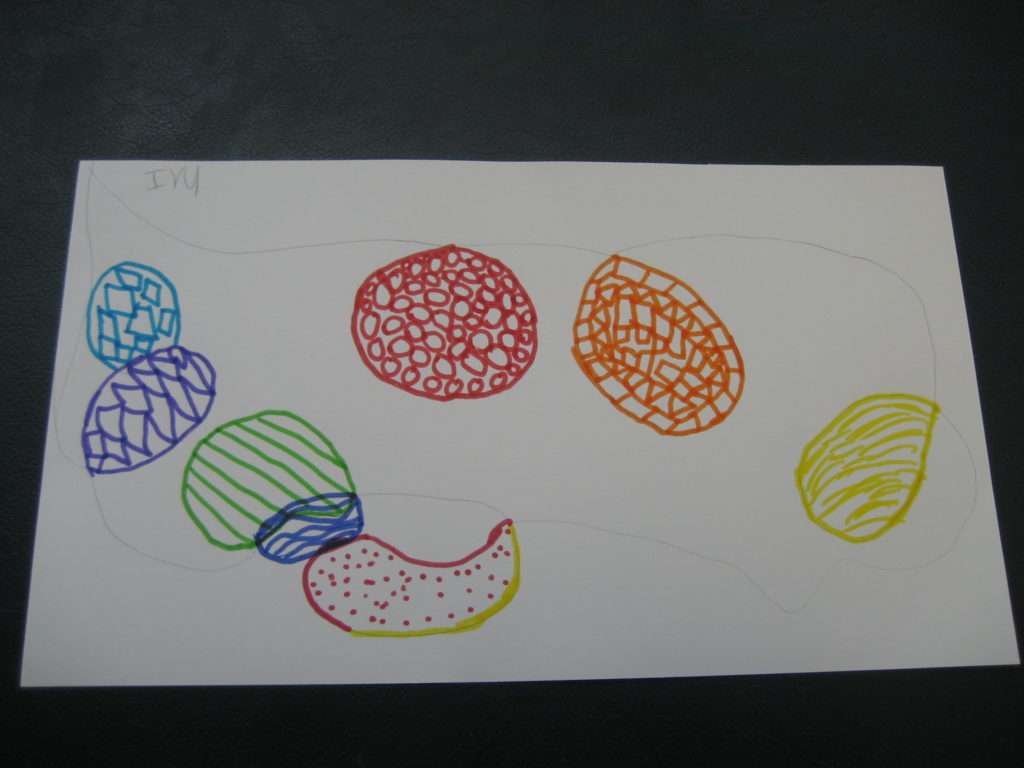
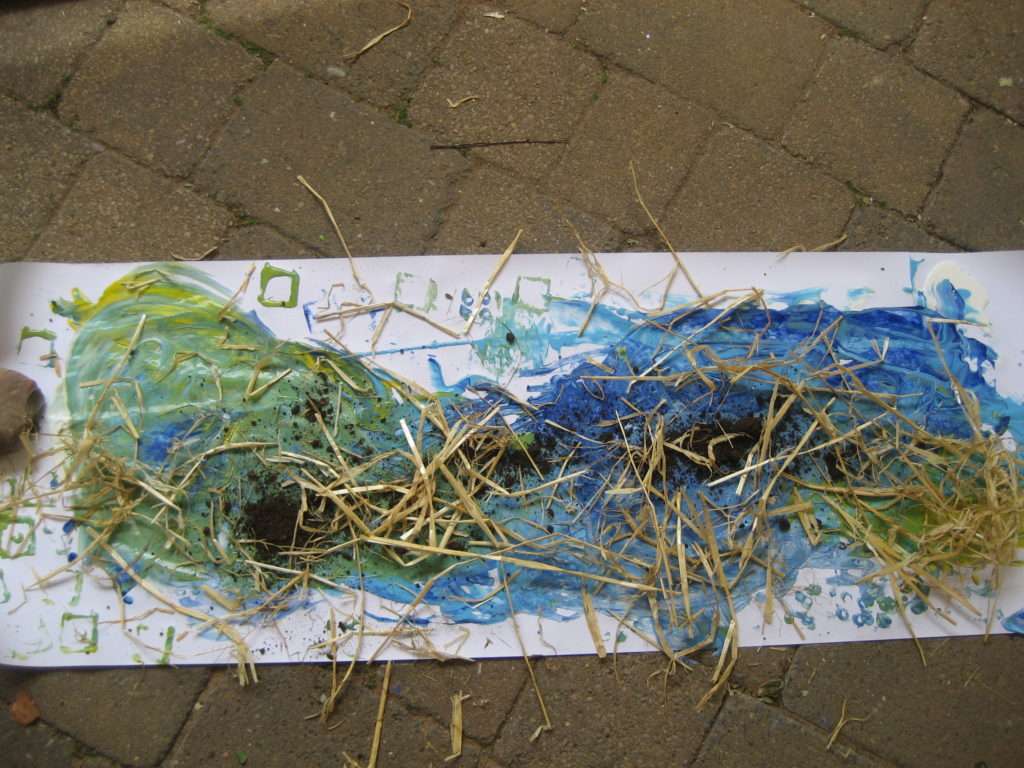
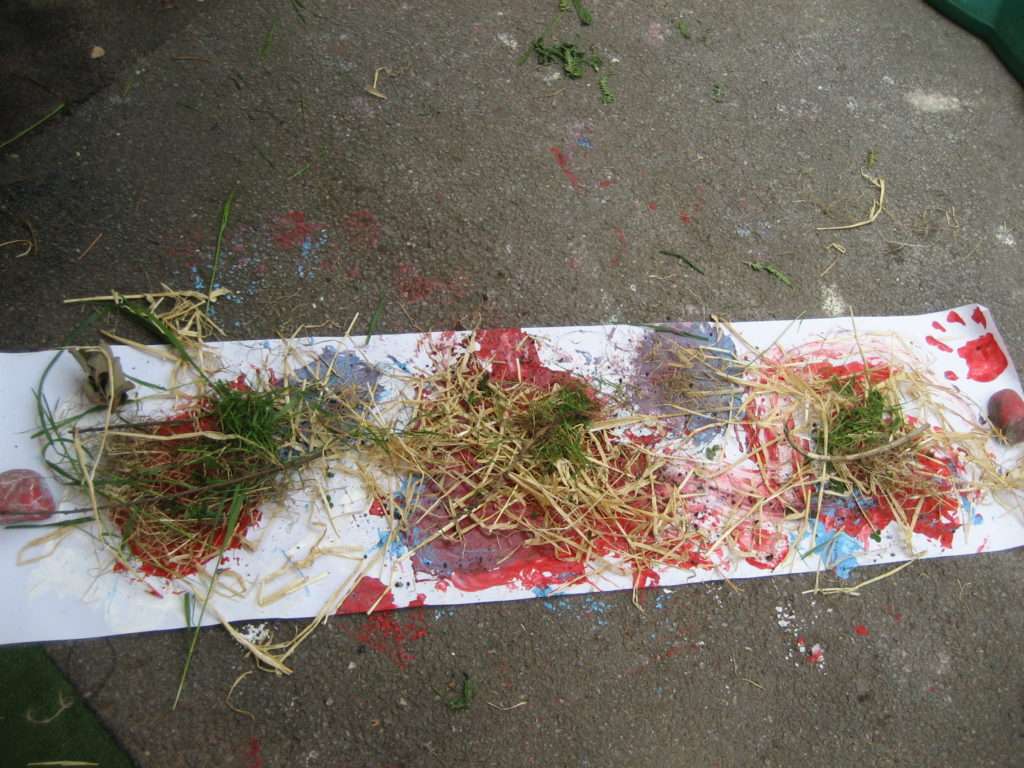
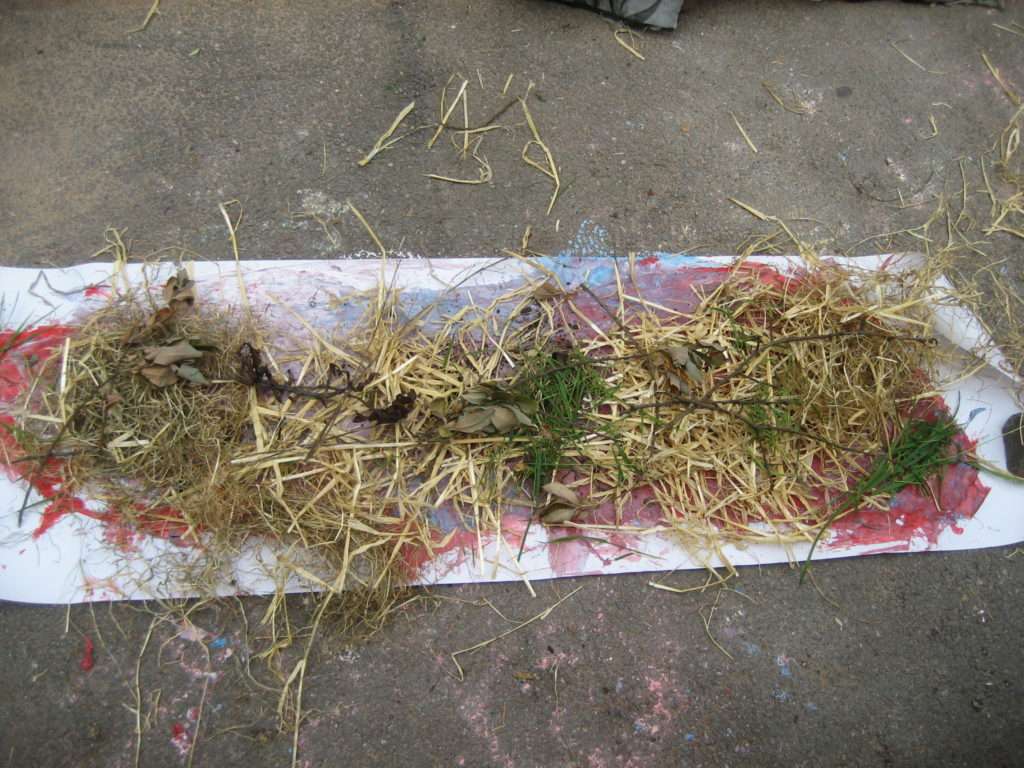
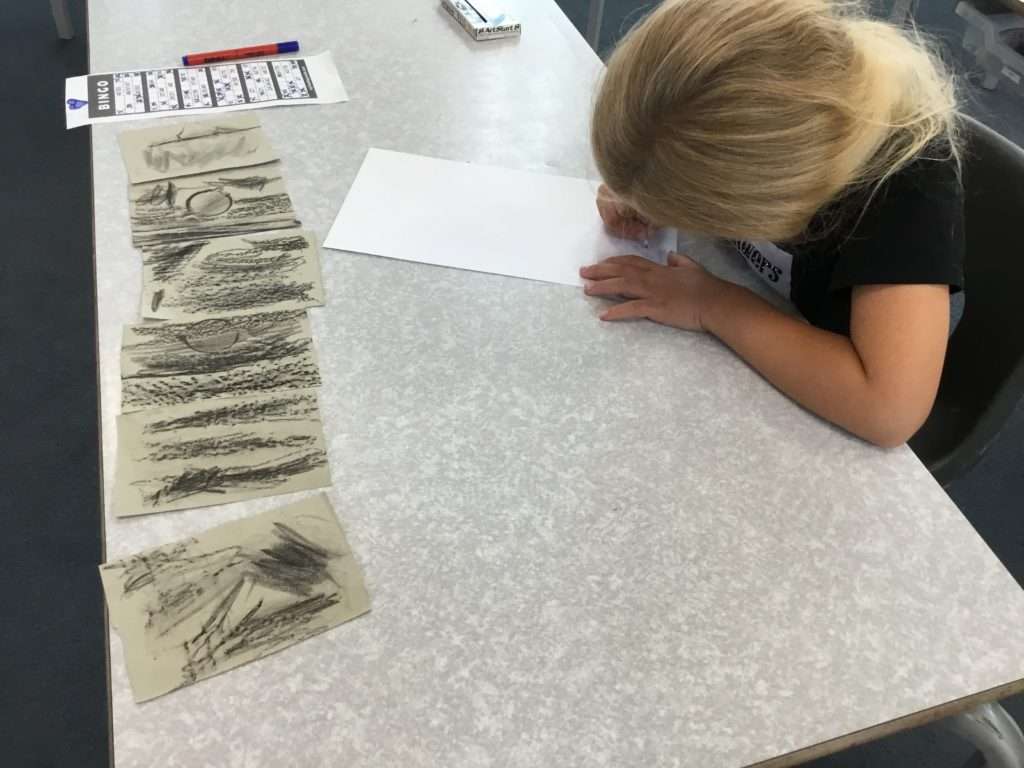
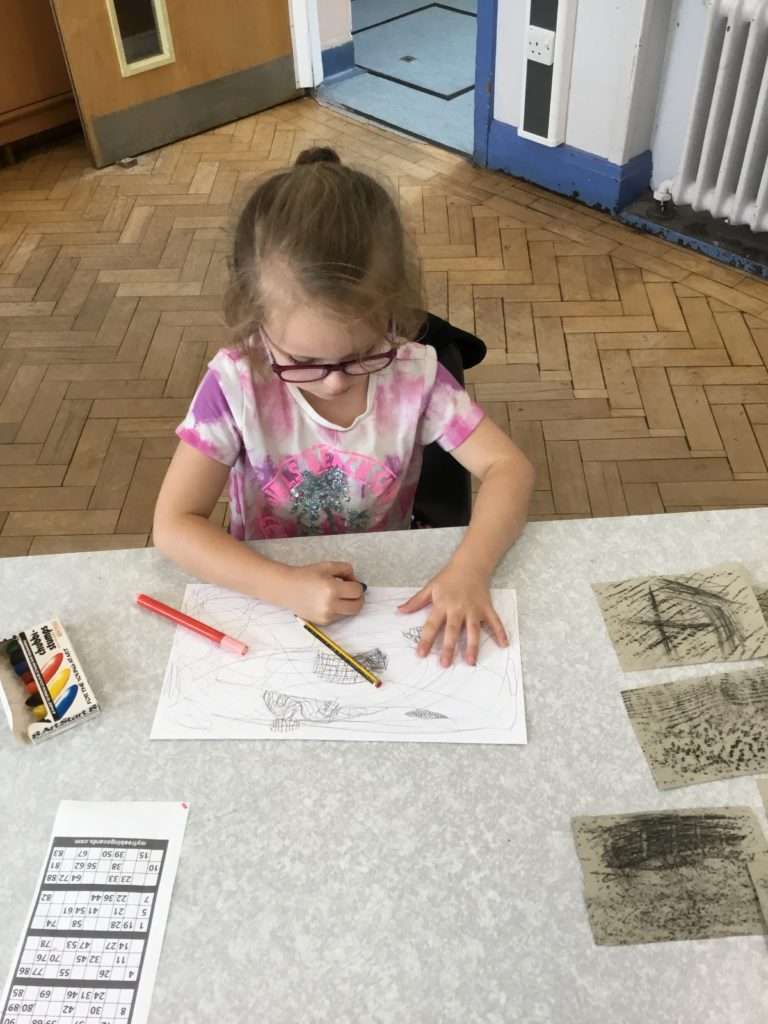
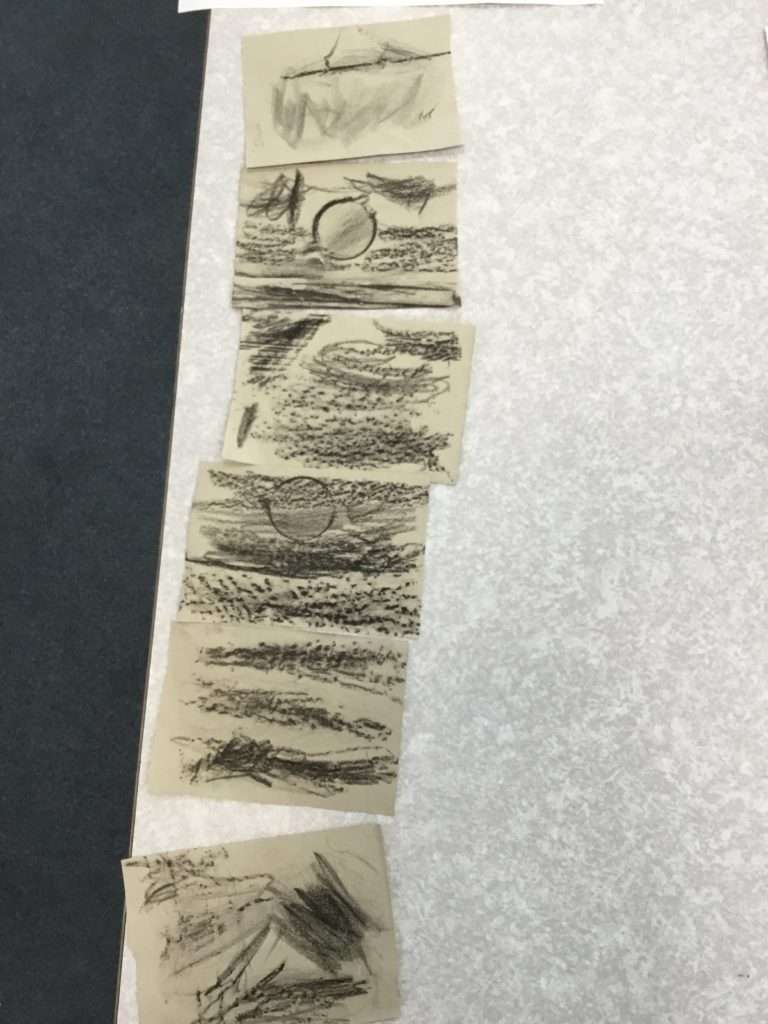
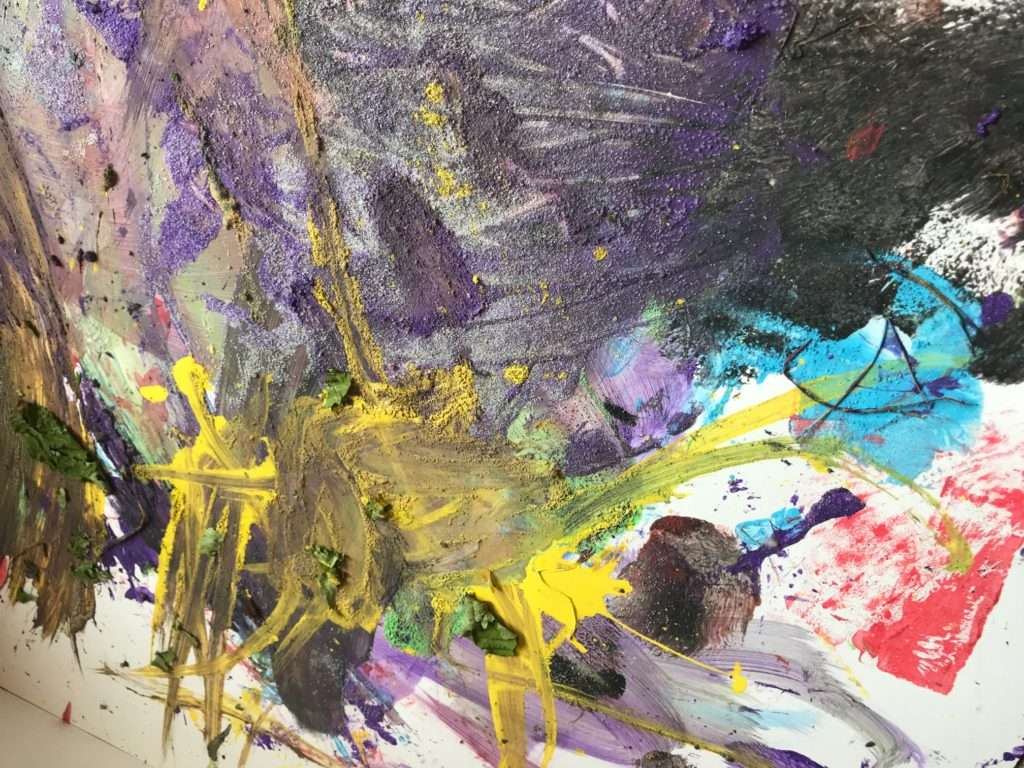
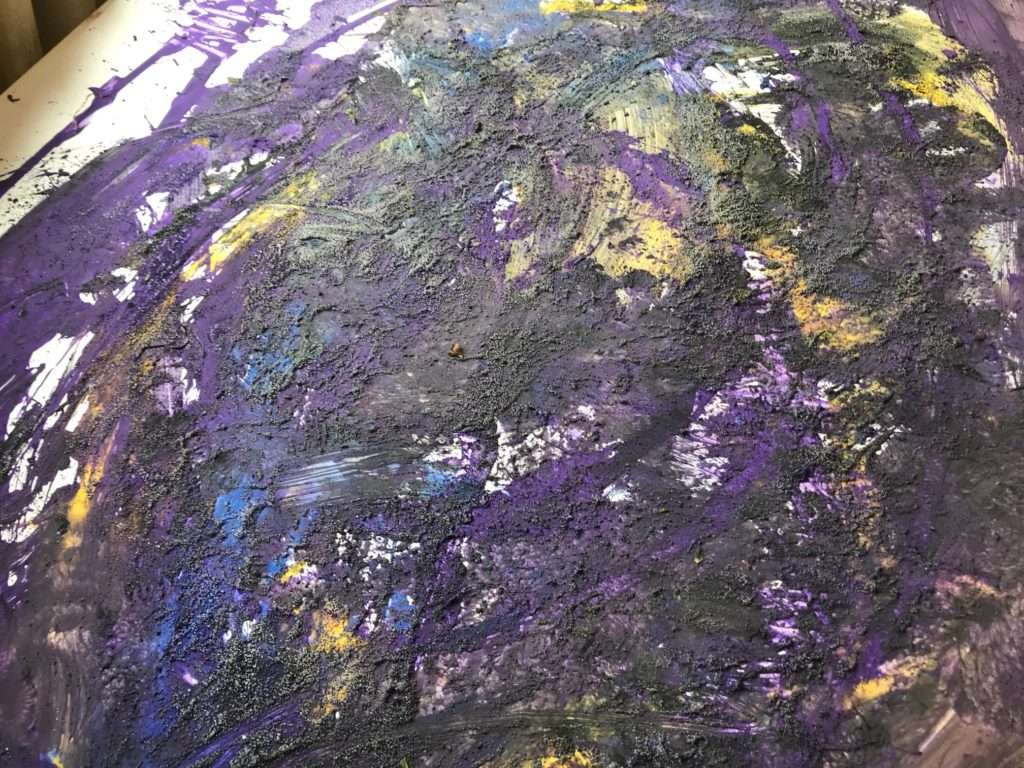
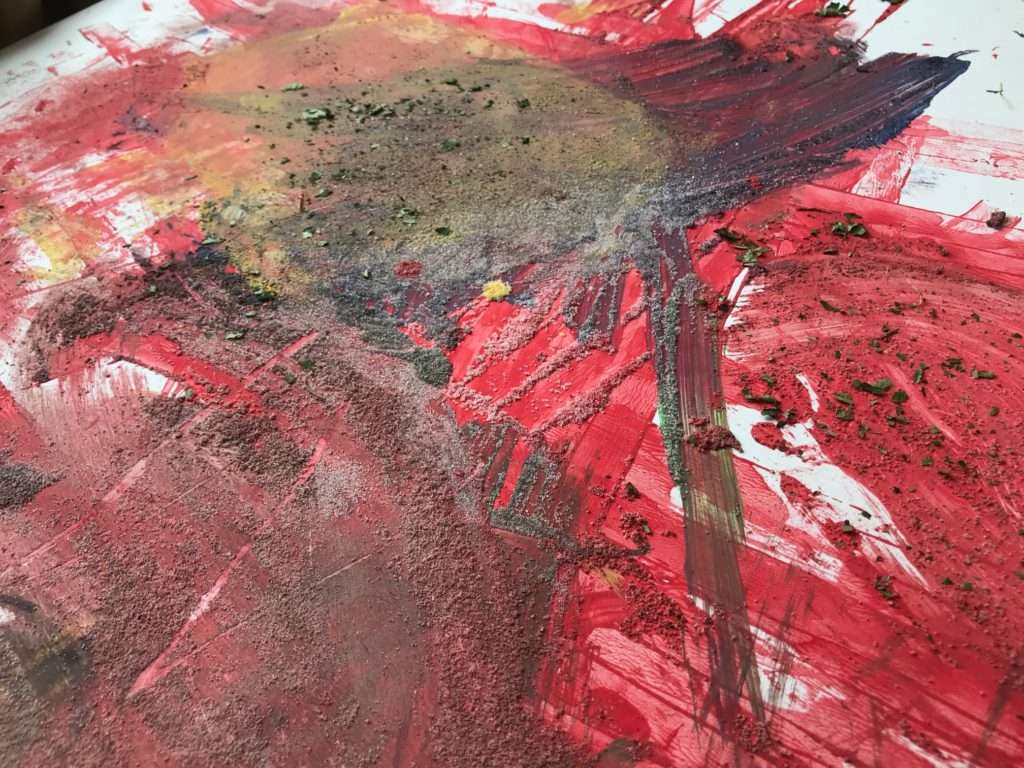
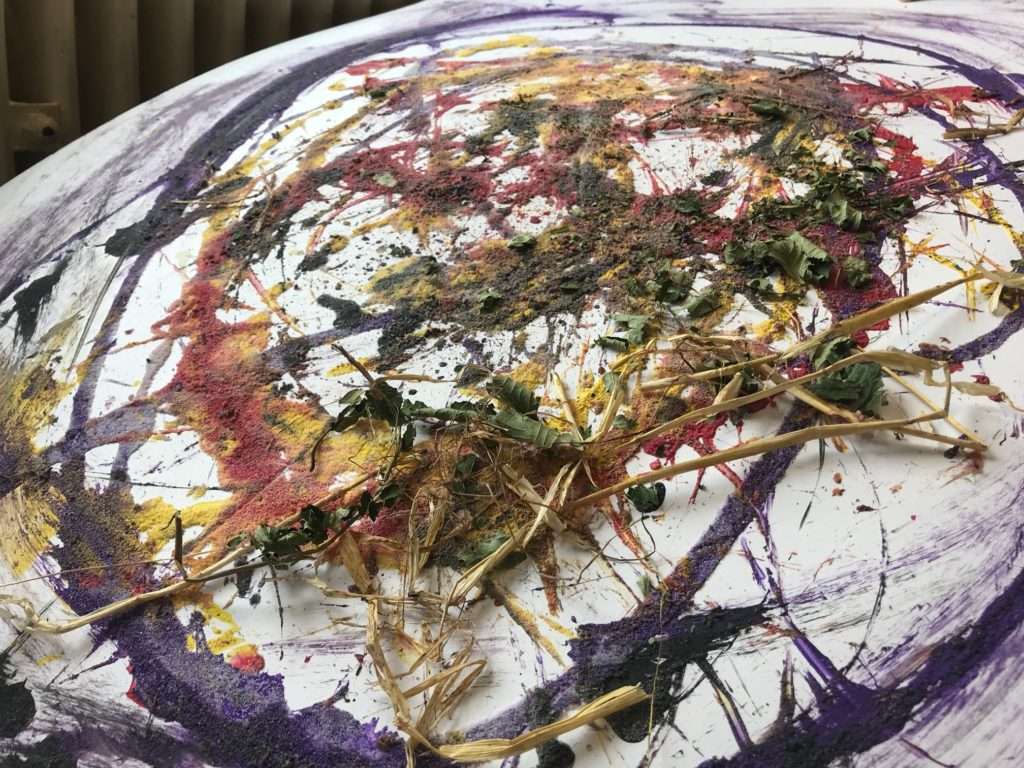
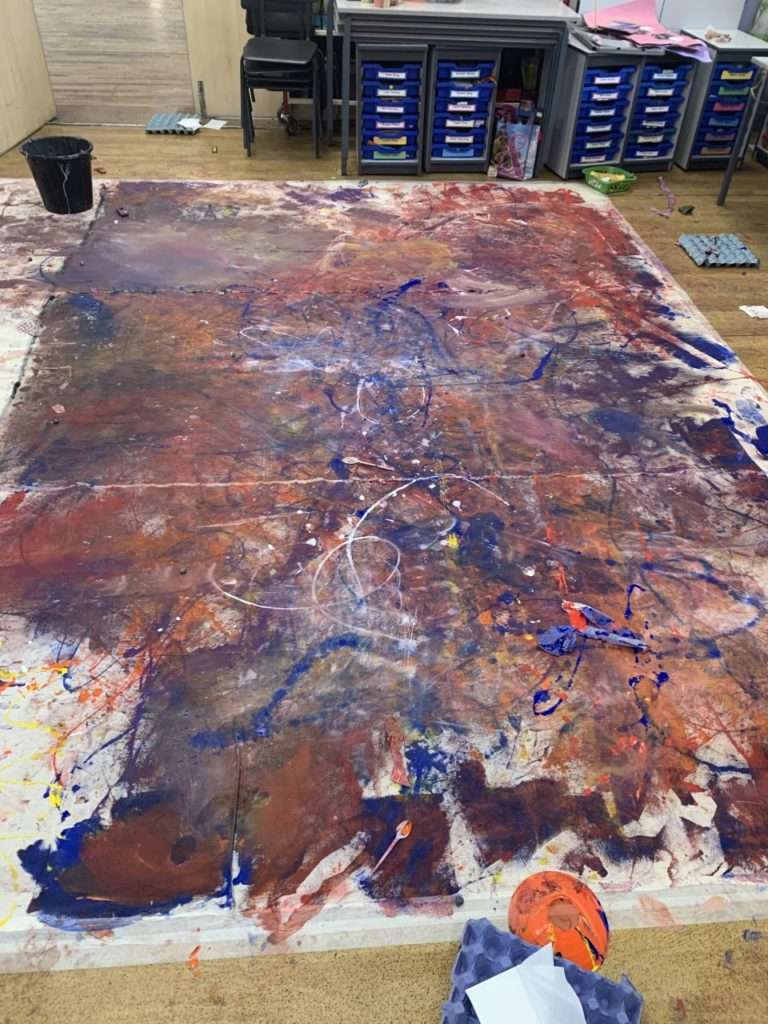
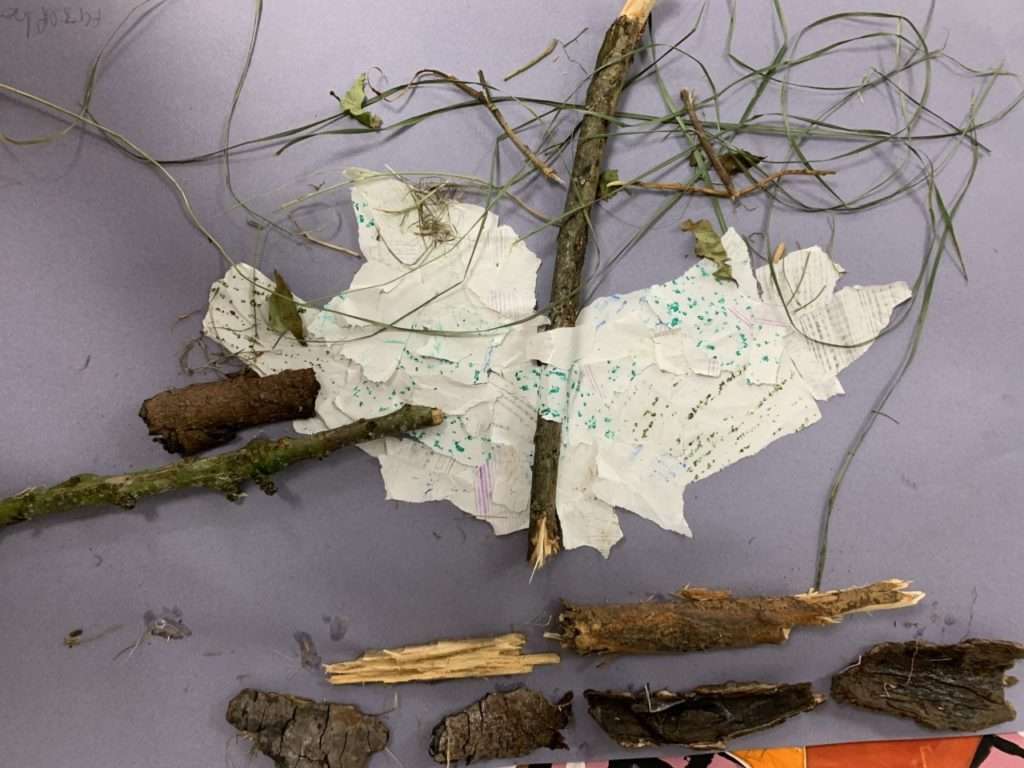
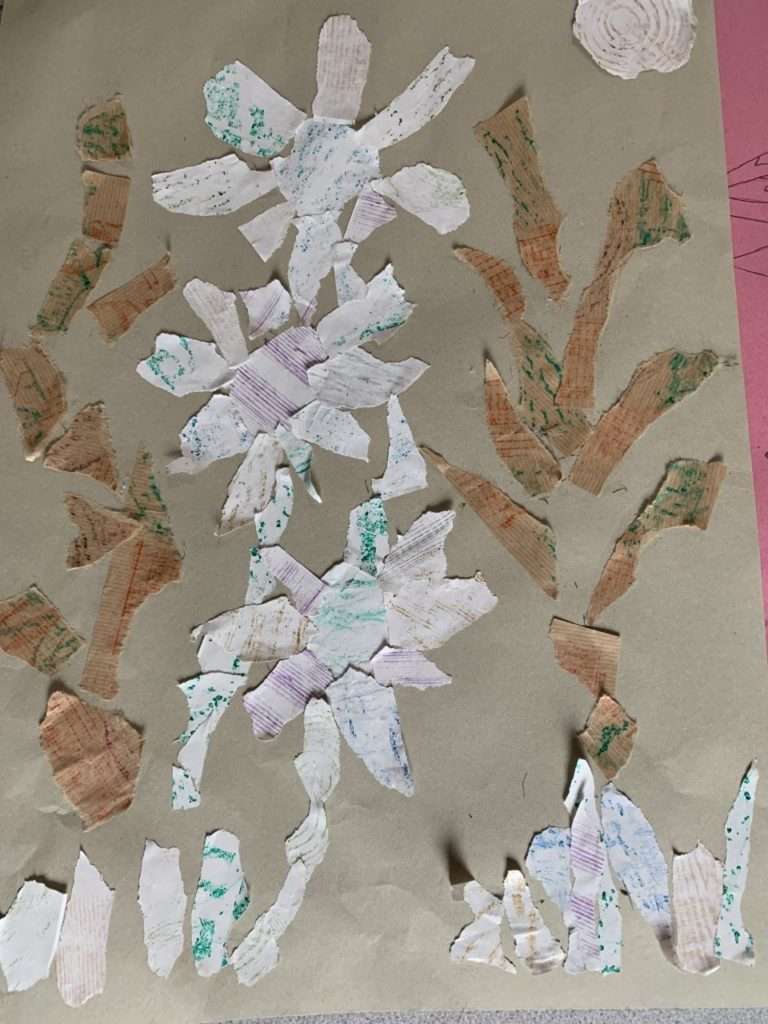
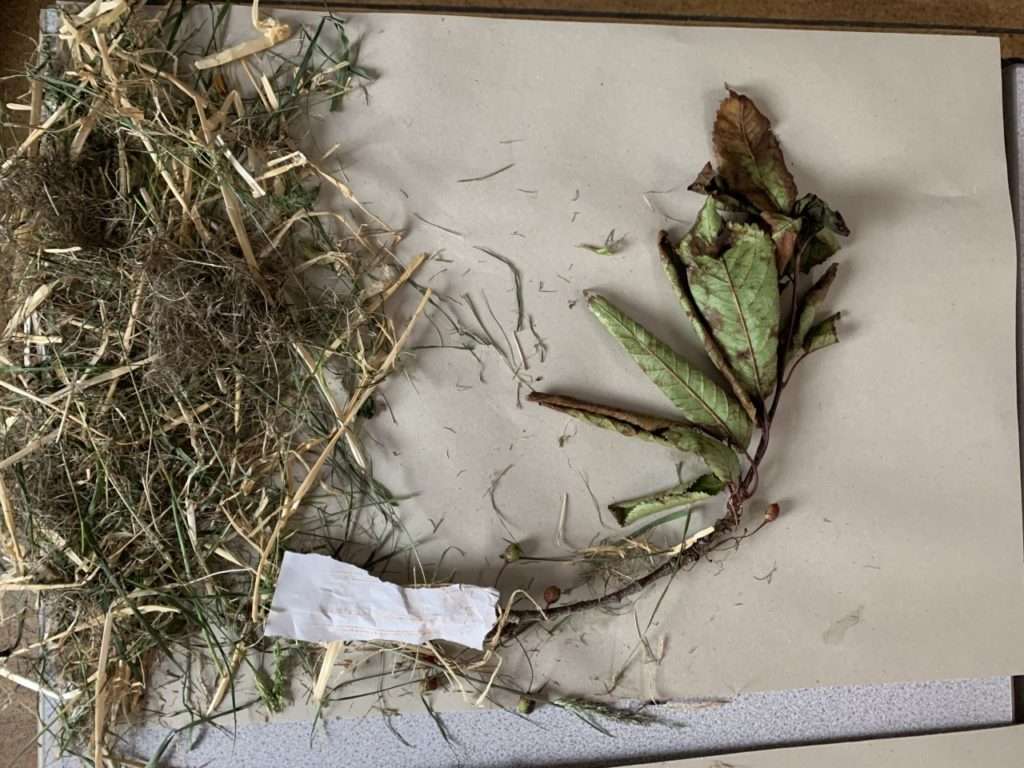
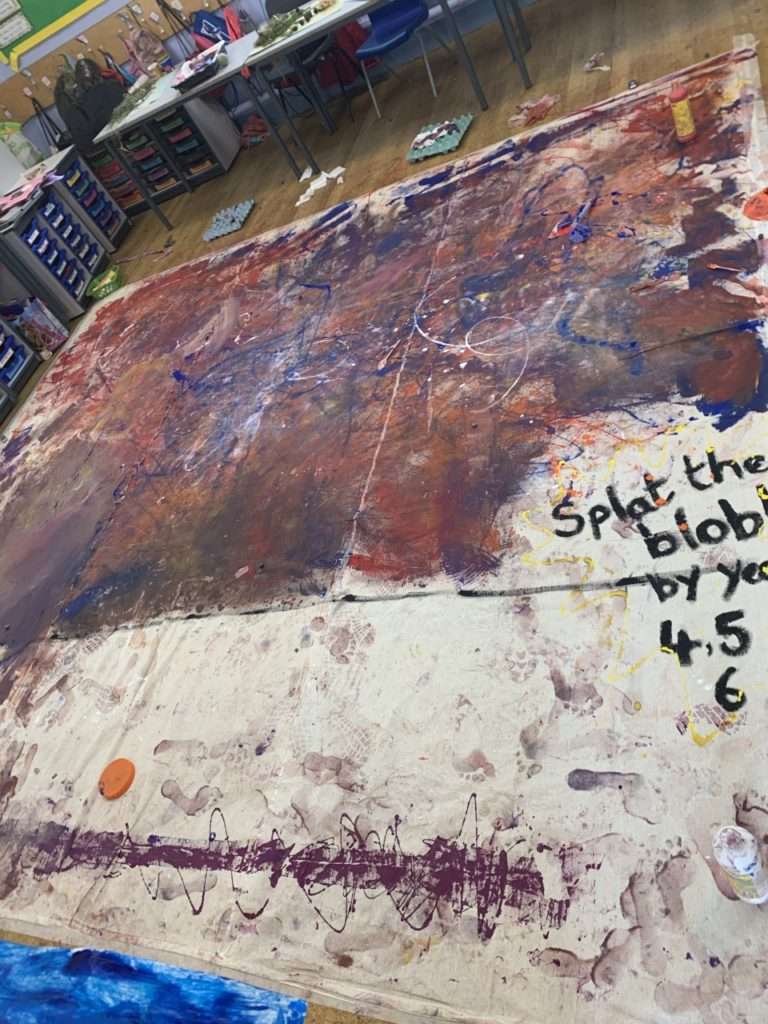
Week 3.
This week was Refugee Week.
The children looked at this painting to stimulate discussion about how refugees are trying to find a safe place to live.
They talked about and explored what colours made them feel safe and unsafe and linked these ideas to where they felt safe during lockdown.
Each child made a fabric square that represents the colours of a place that makes them feel safe. Photographs of their squares are going to be stitched together digitally with others that have been made across Lancashire. They will be made into a virtual Coronaquilt that will be shown online.
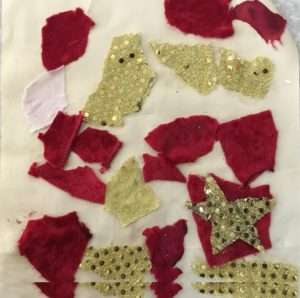
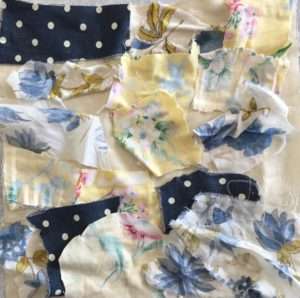
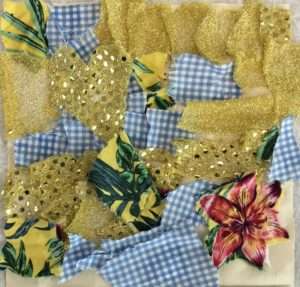
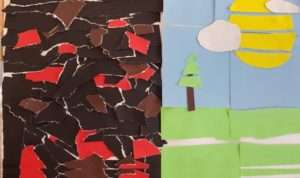
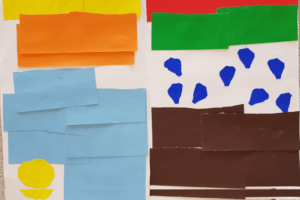
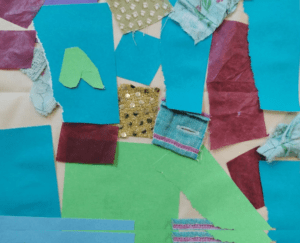
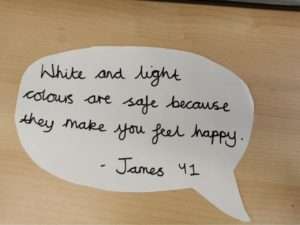
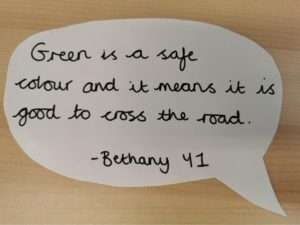
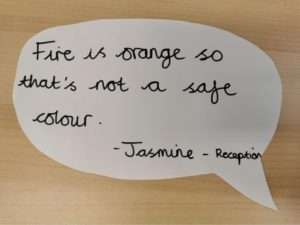
Week 4.
This week the children looked at the work of self-taught artist, Alfred Wallis. He was a fisherman who lived in Cornwall and loved to paint the sea.
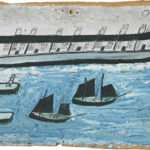
The children began by painting the sea. They used wax crayons to create a resist. When they painted over the wax, the paint stuck to the paper, but not the wax, creating a feeling of the waves.
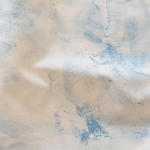
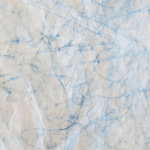
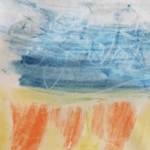
The children designed a piece of seaside bunting in the style of Alfred Wallis, using images of Morecambe. They used fabric crayons to create the texture of paint.
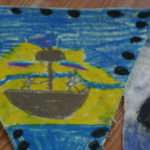
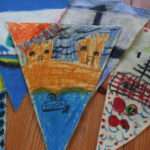
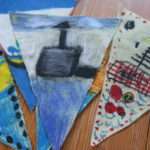
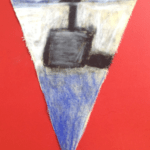
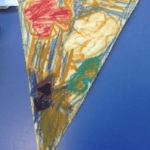
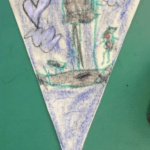
Week 5.
This week the children looked at how frames help people to focus on objects in a picture.
They began by talking about The Empty Picture Frame by Rene Magritte. Is it empty? What can you see? Why did he paint it?
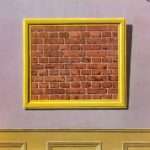
As part of the Woodland Trust Green Tree Award, the children made frames from natural materials. They used their frames to frame different object in nature and then took some amazing photographs.
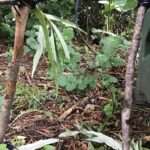
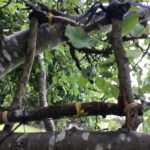
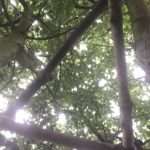

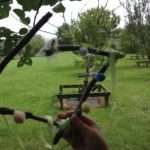
The Orange Class spent a day learning about textiles. They began by drawing different knitted and woven fabrics.
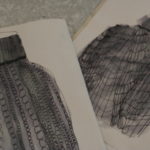
Then they made patterns on material with tie-dye. They scrunched and folded the fabric and fixed it in place with rubber bands. They put it in dye for an hour and after they took the bands off, they found they had created these amazing patterns.
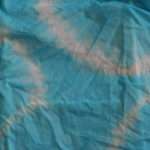
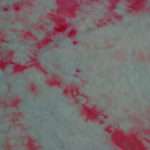
The children learnt how to weave with fabric, wool and ribbon on simple card looms. They made our music trolley beautiful by weaving in and out of the cage!
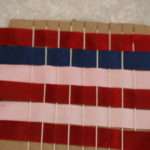
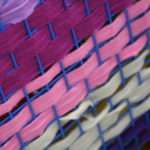
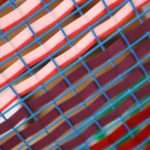
Week 6.
This week the children learnt about American photographer Berenice Abbott, who became famous for photographing New York in the 1930’s. Abbott used interesting camera angles when she photographed the buildings, changing the perspective by looking up or looking down.
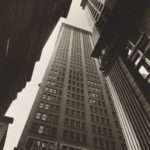
The children used their photography skills to take photographs of the school from different perspectives. Some of them manipulated the images to make us look at the school in a different way. Can you tell where these places are in school?
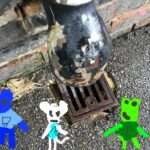
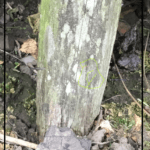
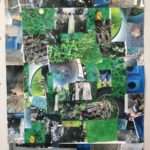
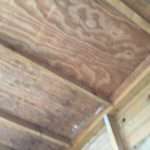
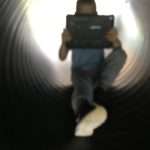
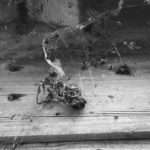
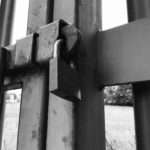
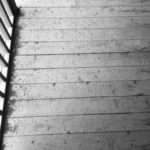
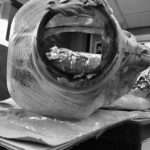
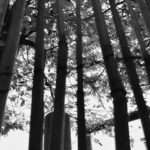
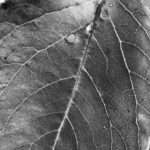
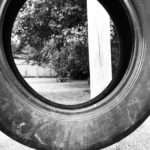
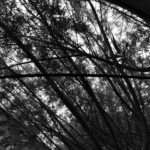
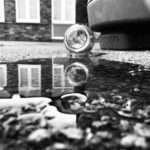
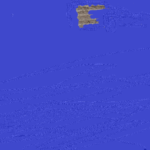
Week 7.
This week the children have learnt about the German artist Hannah Hoch. She was the first artist to use photomontage, cutting printed images from magazines and newspapers and arranging them to make pictures.
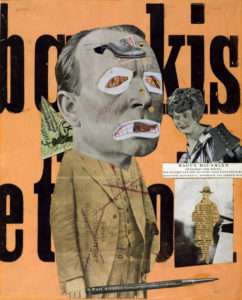
The children had great fun finding and cutting out pictures and arranging them to make their own artwork.
